Home>Furniture & Design>Outdoor Furniture>How To Care For Outdoor Succulents
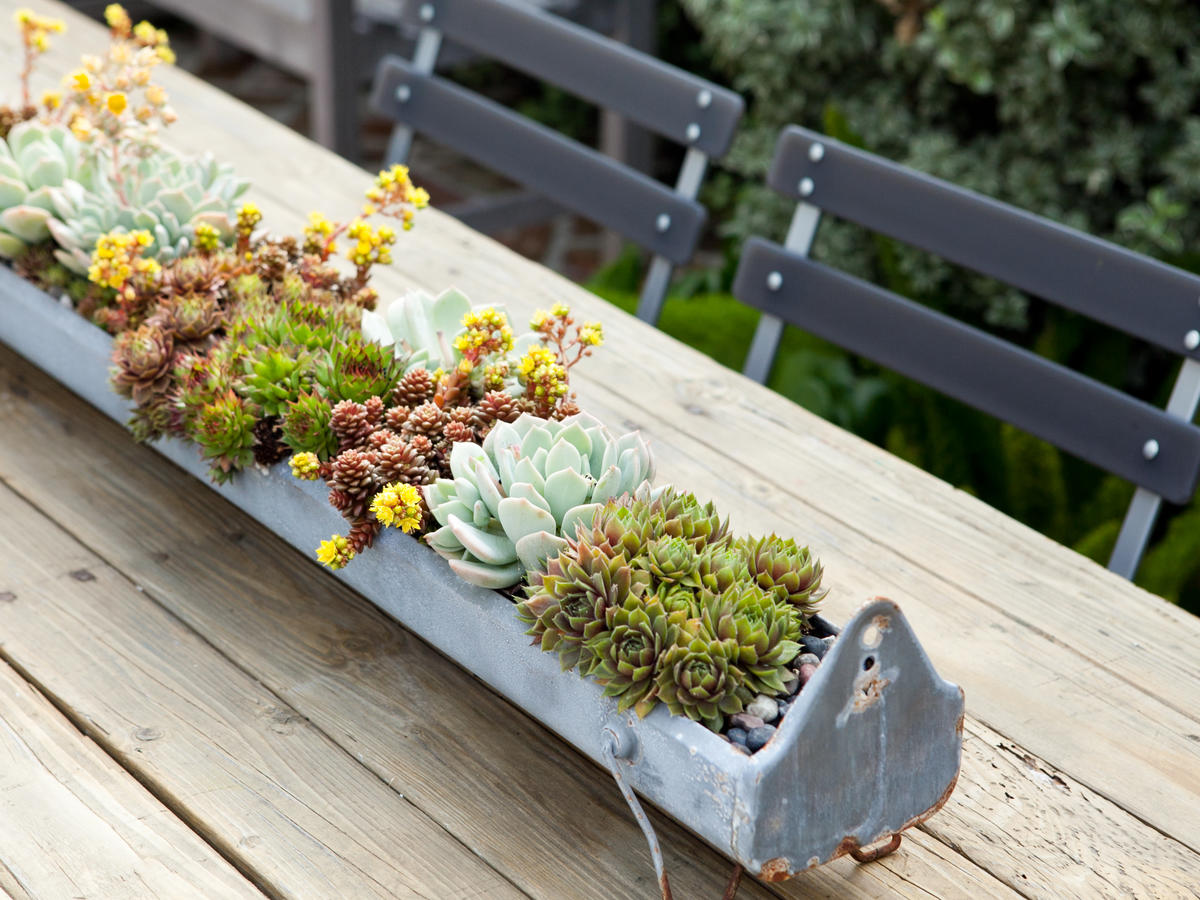

Outdoor Furniture
How To Care For Outdoor Succulents
Modified: March 5, 2024
Discover expert tips for caring for outdoor succulents to keep your outdoor furniture and design looking beautiful. Learn how to maintain and nurture your succulents for a vibrant outdoor space.
(Many of the links in this article redirect to a specific reviewed product. Your purchase of these products through affiliate links helps to generate commission for Storables.com, at no extra cost. Learn more)
Introduction
Welcome to the wonderful world of outdoor succulents! These resilient and visually captivating plants have become increasingly popular in outdoor furniture and design, adding a touch of natural elegance to gardens, patios, and balconies. With their striking shapes and vibrant colors, succulents can effortlessly enhance the aesthetic appeal of any outdoor space.
In this comprehensive guide, we will delve into the art of caring for outdoor succulents, providing you with valuable insights and practical tips to ensure the health and vitality of these remarkable plants. Whether you are a seasoned succulent enthusiast or a newcomer to the enchanting realm of outdoor gardening, this article is designed to equip you with the knowledge and confidence to nurture your outdoor succulents with care and expertise.
From selecting the ideal location for your succulents to implementing effective watering strategies, fortifying the soil, safeguarding against pests and diseases, and preparing for the winter months, we will cover every aspect of outdoor succulent care. Additionally, we will explore the fascinating world of succulent propagation, empowering you to expand your collection and share the beauty of these plants with friends and family.
So, grab your gardening gloves and join us on this enlightening journey as we unlock the secrets to nurturing and enjoying the splendor of outdoor succulents. Let's embark on this adventure together, where nature's wonders and the art of design converge in perfect harmony.
Key Takeaways:
- Embrace the sun: Outdoor succulents thrive in sunny spots with well-drained soil. Avoid overwatering and protect them from pests to create a vibrant and resilient garden.
- Spread the beauty: Propagate succulents through leaf and stem cuttings or offsets to share their charm and witness the marvel of new life taking root.
Choosing the Right Location
When it comes to cultivating thriving outdoor succulents, selecting the optimal location is paramount. Succulents are renowned for their love of sunlight, so it is essential to place them in areas that receive ample sunshine. Look for spots in your outdoor space that bask in direct sunlight for at least six hours a day, such as south or west-facing areas. However, in regions with scorching afternoon sun, providing partial shade during the hottest part of the day can prevent sunburn and dehydration.
Furthermore, consider the climate of your region when determining the ideal location for your succulents. While these plants are highly adaptable, some varieties may require protection from extreme heat or cold. For instance, in regions with intense summer heat, placing succulents where they can benefit from morning sun and partial shade in the afternoon can prevent heat stress. In contrast, during colder months, situating succulents in sheltered areas or utilizing protective coverings can shield them from frost and freezing temperatures.
It is also crucial to assess the drainage capabilities of the chosen location. Succulents despise standing water, so ensure that the area allows for efficient drainage to prevent waterlogged soil, which can lead to root rot and other complications. Elevated planters, well-draining soil, and gravel or sand top dressings can aid in maintaining proper drainage and safeguarding your succulents from excess moisture.
By carefully considering these factors and strategically situating your outdoor succulents in sun-drenched, well-drained locations that offer protection from extreme weather conditions, you can create an optimal environment for these remarkable plants to thrive and flourish.
Watering and Drainage
Mastering the art of watering is fundamental to the successful care of outdoor succulents. These resilient plants have adapted to survive in arid environments by storing water in their fleshy leaves and stems, making them exceptionally drought-tolerant. As a result, overwatering is one of the most common pitfalls when it comes to succulent care. To avoid this, it is crucial to adhere to a cautious watering regimen that aligns with the unique needs of these plants.
First and foremost, always err on the side of underwatering rather than overwatering. Allow the soil to dry out completely between watering sessions, as succulents are highly susceptible to root rot if subjected to prolonged periods of moisture. When it is time to water, thoroughly saturate the soil, allowing excess water to drain freely from the pot or planting area. This mimics the natural cycle of heavy rainfall followed by a period of drought, which is conducive to the health and resilience of outdoor succulents.
Moreover, the choice of pot or planting area greatly influences the watering and drainage requirements of succulents. Containers with drainage holes are essential, as they facilitate the swift elimination of excess water, preventing it from accumulating around the roots. When planting directly in the ground, ensure that the soil is well-draining, incorporating amendments such as sand or perlite to enhance its porosity and prevent waterlogging.
During the growing season, typically spring and summer, outdoor succulents are more actively growing and may require more frequent watering. However, in the dormant period, usually fall and winter, reduce watering to accommodate their natural rhythm and prevent water-related issues. Observing the condition of the soil and the appearance of the plants can provide valuable cues to adjust your watering schedule accordingly.
By embracing mindful watering practices and prioritizing efficient drainage, you can safeguard your outdoor succulents from the perils of overwatering and create an environment that promotes their vitality and longevity.
Soil and Fertilization
The foundation for thriving outdoor succulents lies within the soil they inhabit. Well-draining, porous soil is essential to prevent water retention and maintain the optimal balance of moisture for these resilient plants. When selecting or preparing soil for your succulents, prioritize a blend that promotes aeration and swift drainage. A common and effective mixture comprises equal parts of standard potting soil and coarse sand or perlite, which enhances the soil’s porosity and prevents compaction.
Additionally, incorporating organic matter, such as compost or well-rotted manure, into the soil can provide essential nutrients and contribute to its overall structure. This organic enrichment fosters a healthy soil ecosystem, promoting beneficial microbial activity and supporting the long-term well-being of outdoor succulents.
When it comes to fertilization, succulents have relatively modest nutritional requirements compared to other plants. During the active growing season in spring and summer, a diluted, balanced fertilizer can be applied sparingly to provide supplementary nourishment. Opt for a fertilizer specifically formulated for succulents or a general-purpose, water-soluble fertilizer diluted to half or a quarter of the recommended strength to avoid overwhelming the plants with excessive nutrients.
It is important to exercise restraint when fertilizing outdoor succulents, as these plants are naturally adapted to thrive in nutrient-deficient environments. Over-fertilization can lead to an accumulation of salts in the soil, causing harm to the roots and compromising the overall health of the succulents. Therefore, a cautious and conservative approach to fertilization is advisable, ensuring that the nutritional needs of the plants are met without creating an imbalance that could prove detrimental.
By prioritizing well-draining, nutrient-rich soil and adopting a measured approach to fertilization, you can establish a solid foundation for the health and vitality of your outdoor succulents, enabling them to flourish in their unique and captivating way.
Water outdoor succulents sparingly, allowing the soil to dry out completely between waterings. Plant them in well-draining soil and provide plenty of sunlight for healthy growth.
Protecting from Pests and Diseases
While outdoor succulents are renowned for their resilience, they are not impervious to the threats posed by pests and diseases. Vigilance and proactive measures are essential to safeguard these plants from potential infestations and health issues.
One of the most common pests that can affect outdoor succulents is the mealybug. These small, cottony insects can cluster on the leaves and stems of succulents, sapping their vitality and causing unsightly damage. To combat mealybugs, a simple yet effective approach involves using a cotton swab dipped in rubbing alcohol to gently remove the pests from the affected areas. Additionally, introducing natural predators, such as ladybugs, can help control mealybug populations and prevent their proliferation.
Another notorious pest that can target outdoor succulents is the aphid. These tiny, pear-shaped insects feed on the sap of plants, often congregating on new growth and tender shoots. Regularly inspecting your succulents and using a strong blast of water to dislodge aphids can help keep their numbers in check. Alternatively, introducing beneficial insects, such as lacewings or parasitic wasps, can provide natural pest control and mitigate aphid infestations effectively.
In addition to pests, outdoor succulents can be susceptible to fungal and bacterial diseases, especially in conditions of excessive moisture or poor air circulation. To prevent these issues, ensure that the planting area or containers provide adequate airflow and avoid overcrowding the plants. If signs of fungal or bacterial infections, such as rot or discoloration, appear, promptly remove the affected parts to prevent the spread of the disease.
Implementing preventive measures, such as maintaining proper sanitation, avoiding overwatering, and providing optimal growing conditions, can significantly reduce the risk of pests and diseases affecting your outdoor succulents. By staying attentive to the health and well-being of your plants, you can create an environment that fosters their resilience and minimizes the impact of potential threats.
Winter Care
As the seasons transition and the colder months approach, it is essential to adapt your care routine to ensure the well-being of your outdoor succulents during winter. While these plants are renowned for their resilience, certain precautions and adjustments can help them withstand the challenges posed by chilly temperatures and inclement weather.
One of the primary concerns during winter is protecting outdoor succulents from frost and freezing temperatures. In regions where frost is a possibility, consider providing temporary shelter or relocating vulnerable succulents to covered areas, such as a porch or greenhouse, to shield them from the harshest conditions. Additionally, utilizing frost cloths or protective coverings can offer an extra layer of insulation, safeguarding the plants from potential damage.
During the dormant period in winter, outdoor succulents experience reduced metabolic activity and growth. Consequently, their water requirements diminish, and overwatering can become particularly detrimental. Adjust your watering schedule to align with the plants’ decreased needs, allowing the soil to dry out more thoroughly between watering sessions. This helps prevent waterlogged soil and minimizes the risk of cold-related issues, such as root rot.
Furthermore, winter is an ideal time to refrain from fertilizing outdoor succulents. With their slowed growth and metabolic processes, succulents do not necessitate the additional nutrients provided by fertilizers during this period. By withholding fertilization until the onset of the active growing season in spring, you can avoid overstimulating the plants and maintain a balanced approach to their care.
It is also important to monitor the moisture levels in the soil during winter, especially in areas that receive sporadic rainfall or snow. While succulents are drought-tolerant, prolonged periods of dryness can still necessitate supplemental watering. Be attentive to the condition of the soil and the appearance of the plants, adjusting your watering practices as needed to accommodate their specific requirements.
By implementing these winter care strategies and tailoring your approach to the seasonal changes, you can provide your outdoor succulents with the support and protection they need to endure the winter months and emerge strong and vibrant as the warmth of spring returns.
Propagation Techniques
Exploring the art of propagation allows you to expand your collection of outdoor succulents and share the beauty of these plants with others. Whether you seek to multiply your existing succulents, cultivate new varieties, or gift cuttings to friends and family, mastering propagation techniques offers a rewarding and creative dimension to succulent care.
One of the most popular and straightforward methods of succulent propagation is through leaf cuttings. Select healthy, mature leaves from the parent plant and allow them to callus over for a few days to prevent rot. Subsequently, place the prepared leaves on a well-draining propagation medium, such as a blend of sand and perlite, and mist them occasionally to maintain slight moisture. Over time, tiny roots will emerge from the base of the leaves, eventually giving rise to new plantlets.
Another prevalent propagation method involves stem cuttings, particularly for succulents with branching or elongated stems. Carefully sever a segment of the stem and allow the cut end to dry and callus. Once the cut has healed, plant the stem cutting in a suitable propagation medium and provide gentle moisture to encourage the development of roots. With patience and attentive care, the cutting will establish roots and initiate new growth, culminating in a new succulent plant.
Some succulents, such as those belonging to the genus Echeveria and Graptopetalum, have the remarkable ability to produce offsets or “pups” around the base of the mother plant. These offsets can be carefully detached and transplanted into their own containers or planting areas, where they will continue to mature and thrive independently. This method not only facilitates propagation but also promotes the rejuvenation and expansion of the original plant.
Furthermore, seeds offer an avenue for propagating a diverse array of succulent species, allowing for the cultivation of unique varieties and the exploration of genetic diversity. While seed propagation requires patience and meticulous attention to environmental conditions, it presents an enriching and fulfilling way to propagate outdoor succulents and witness the marvel of their growth from the earliest stages.
By embracing these propagation techniques and experimenting with the propagation of outdoor succulents, you can immerse yourself in the captivating process of nurturing new life and cultivating an ever-evolving tapestry of succulent beauty within your outdoor space.
Conclusion
Embarking on the journey of caring for outdoor succulents unveils a world of natural splendor, resilience, and artistic expression. These captivating plants, with their striking forms and vibrant hues, have the power to transform outdoor spaces into enchanting sanctuaries of beauty and tranquility. By embracing the principles of mindful care and nurturing, you can cultivate a thriving succulent garden that captivates the senses and enriches the aesthetic appeal of your outdoor furniture and design.
From the moment you select the perfect location for your succulents, basking in sunlight and sheltered from extreme elements, to the meticulous attention given to watering, drainage, and soil composition, every aspect of care contributes to the vitality and longevity of these remarkable plants. By protecting them from pests and diseases, respecting their natural rhythms, and adapting your care routine to the seasonal changes, you establish an environment where outdoor succulents can flourish and thrive.
Furthermore, the art of propagation invites you to partake in the wondrous cycle of growth and renewal, allowing you to multiply the beauty of succulents and share their charm with others. Through leaf and stem cuttings, offsets, and seeds, you can witness the marvel of new life taking root and evolving, perpetuating the legacy of these captivating plants.
As you immerse yourself in the realm of outdoor succulents, you become a steward of nature’s artistry, harmonizing the elements of design and the wonders of the natural world. The resilience and grace of succulents serve as a testament to the enduring allure of outdoor spaces, where the beauty of nature converges with the creativity of design, creating a harmonious tapestry that delights and inspires.
So, as you tend to your outdoor succulents with care and devotion, may your garden blossom with vitality and charm, infusing your outdoor space with the timeless allure of nature’s artistry. Let the journey of succulent care be a source of joy, creativity, and connection, weaving the threads of design and nature into a tapestry of enduring beauty and inspiration.
Frequently Asked Questions about How To Care For Outdoor Succulents
Was this page helpful?
At Storables.com, we guarantee accurate and reliable information. Our content, validated by Expert Board Contributors, is crafted following stringent Editorial Policies. We're committed to providing you with well-researched, expert-backed insights for all your informational needs.
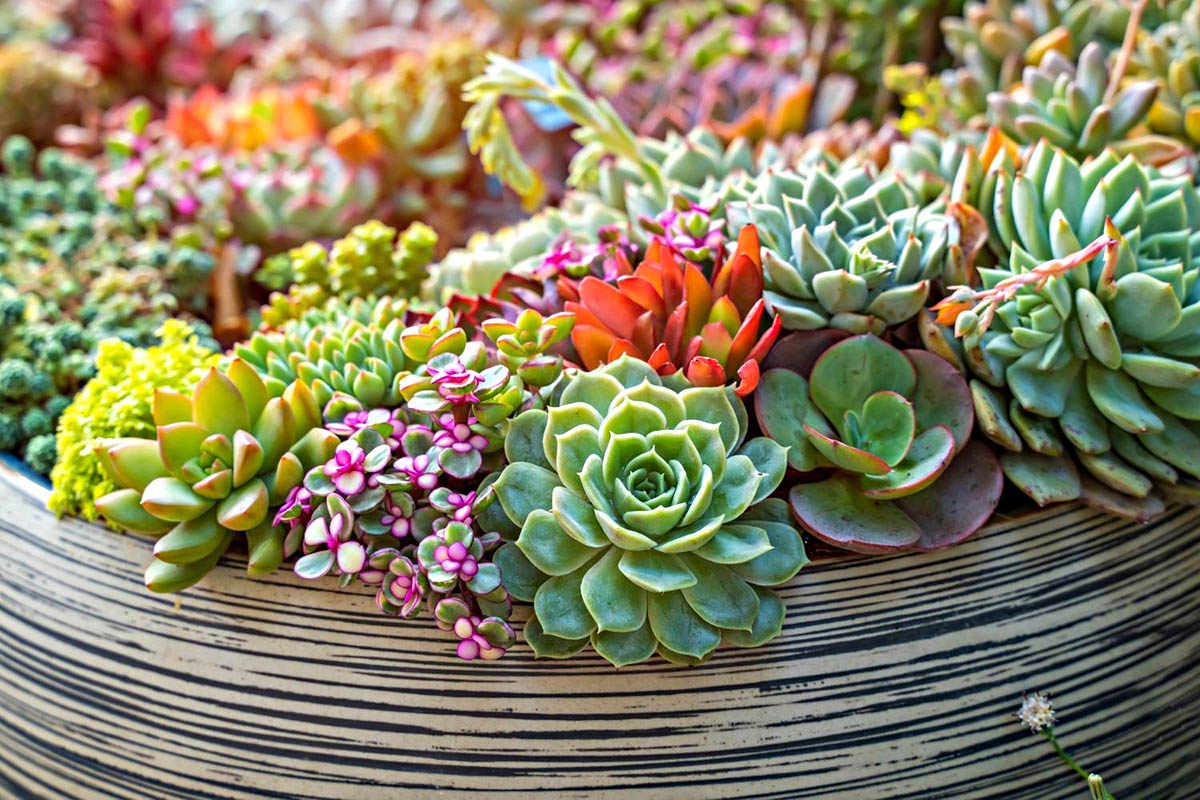
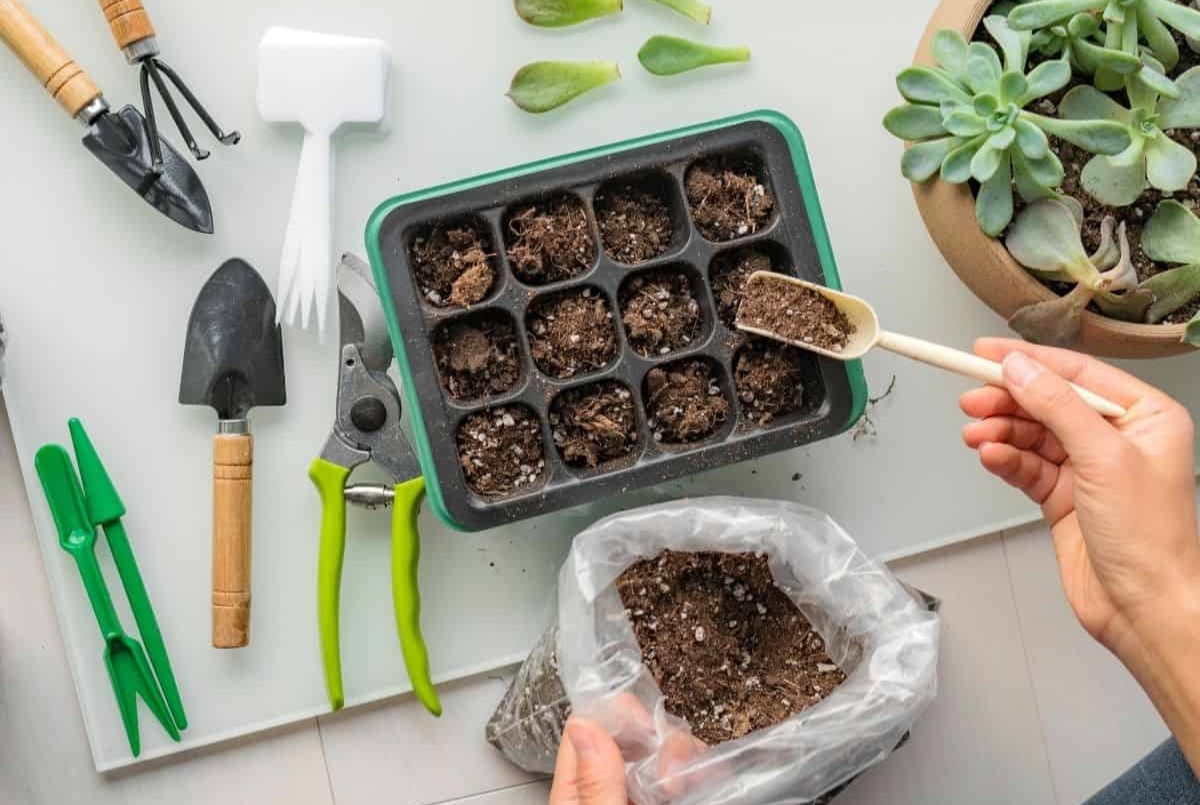
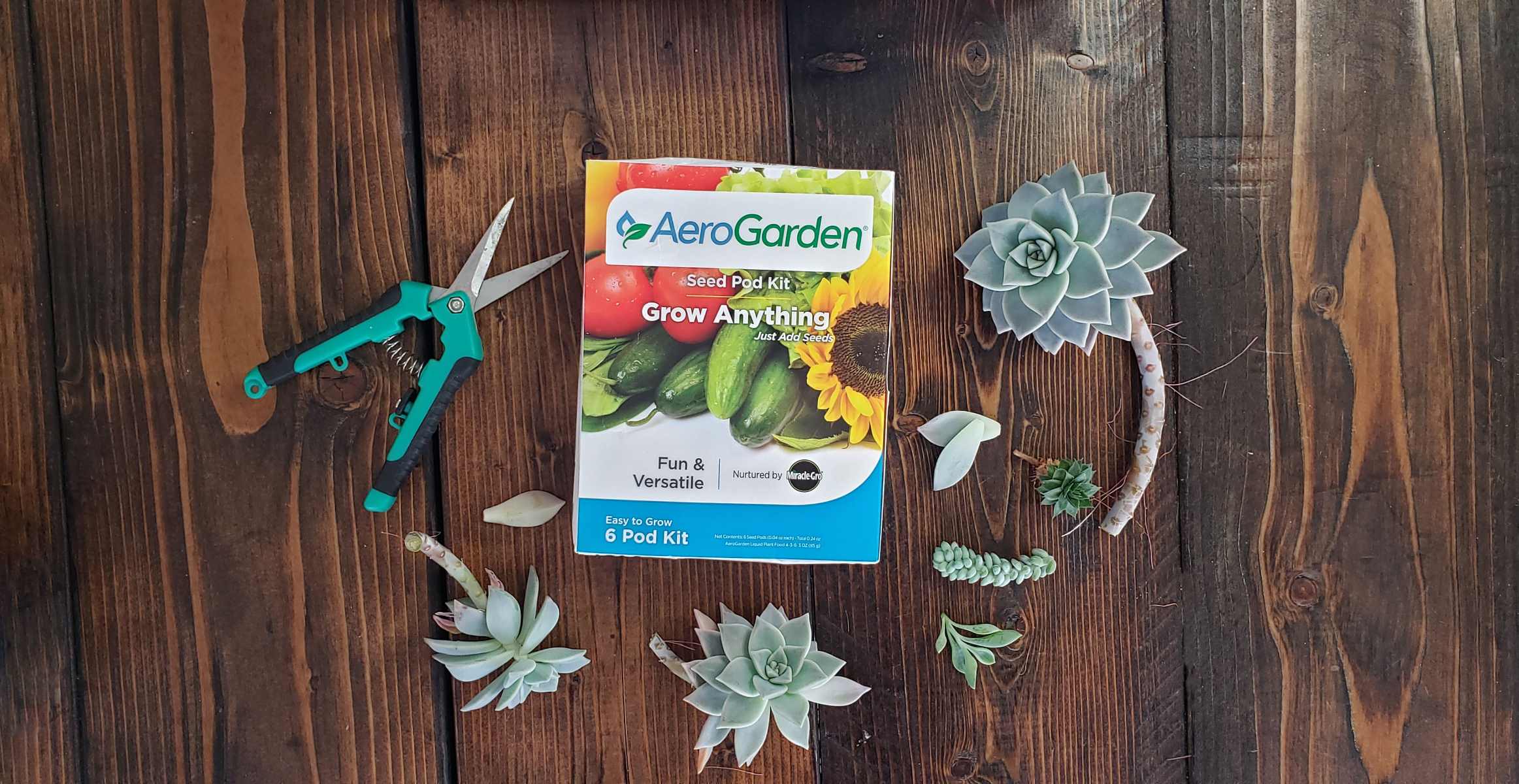
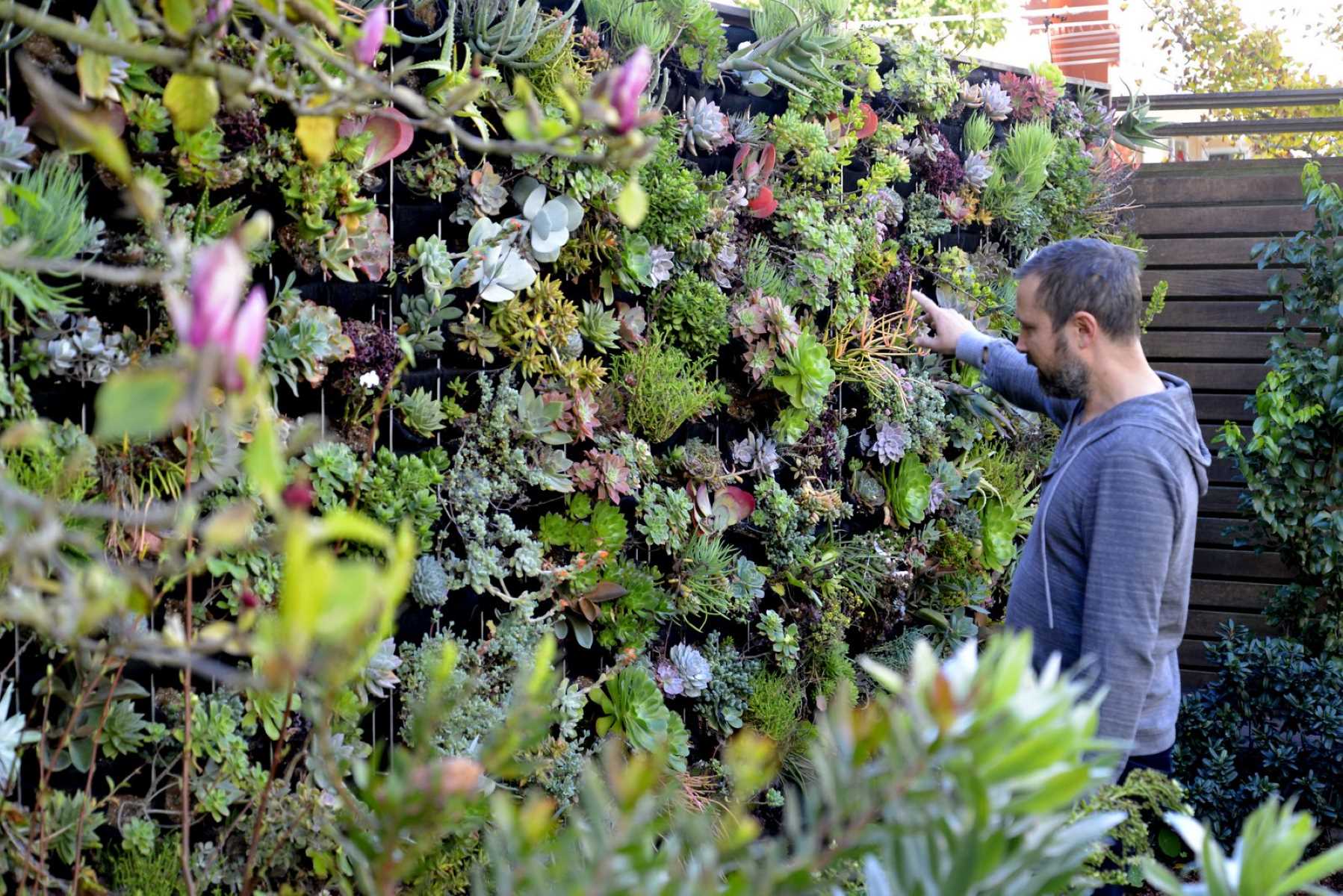

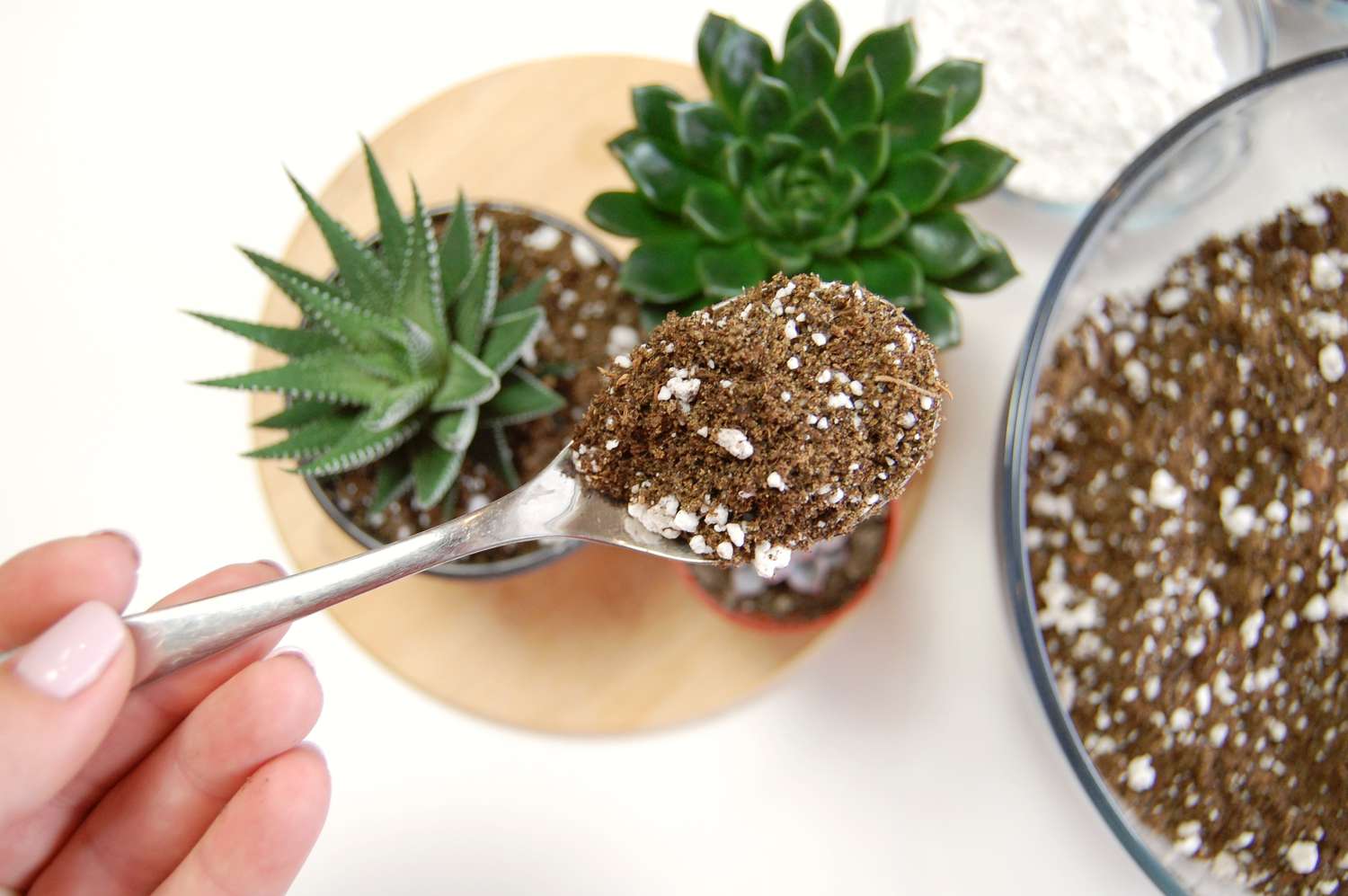
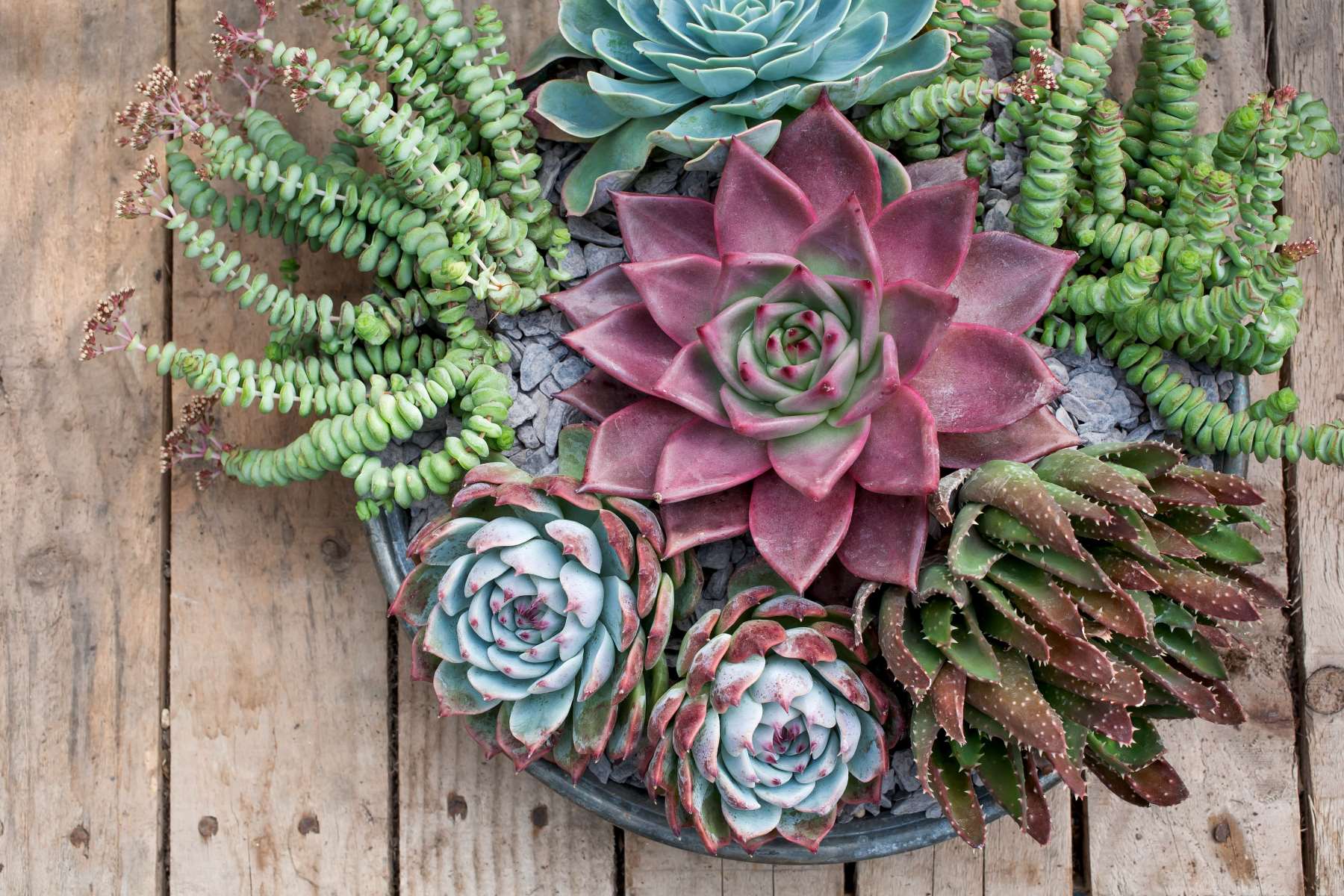
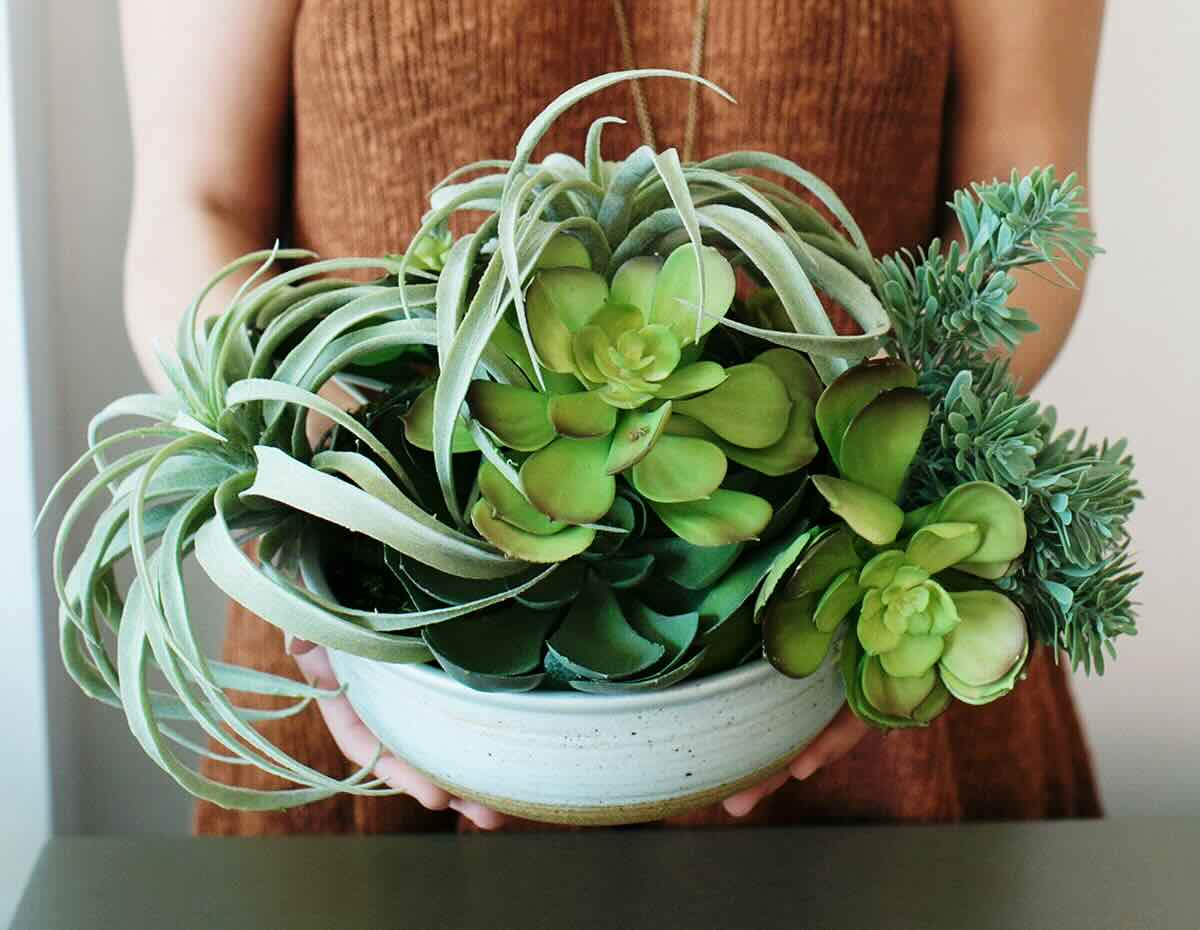
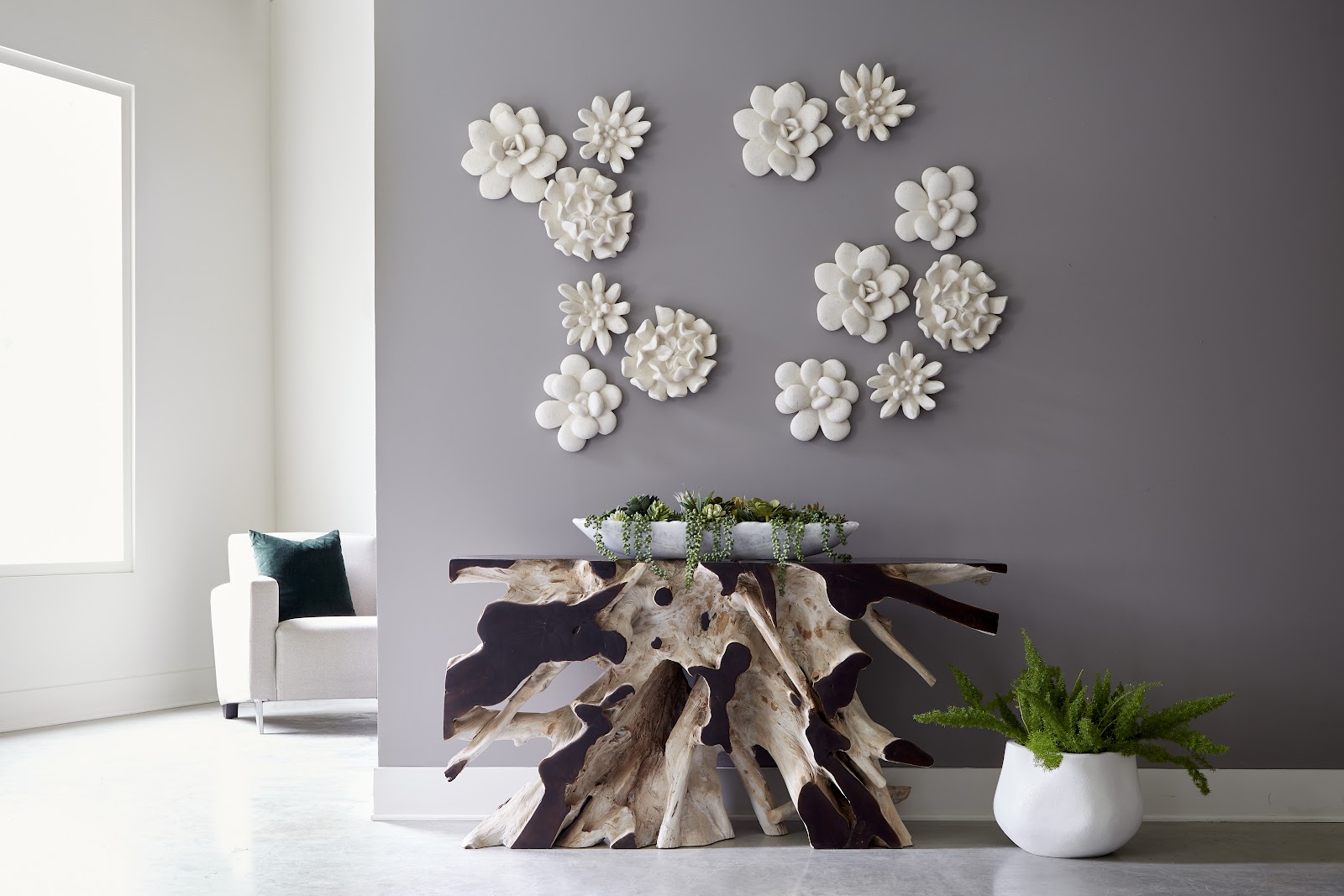
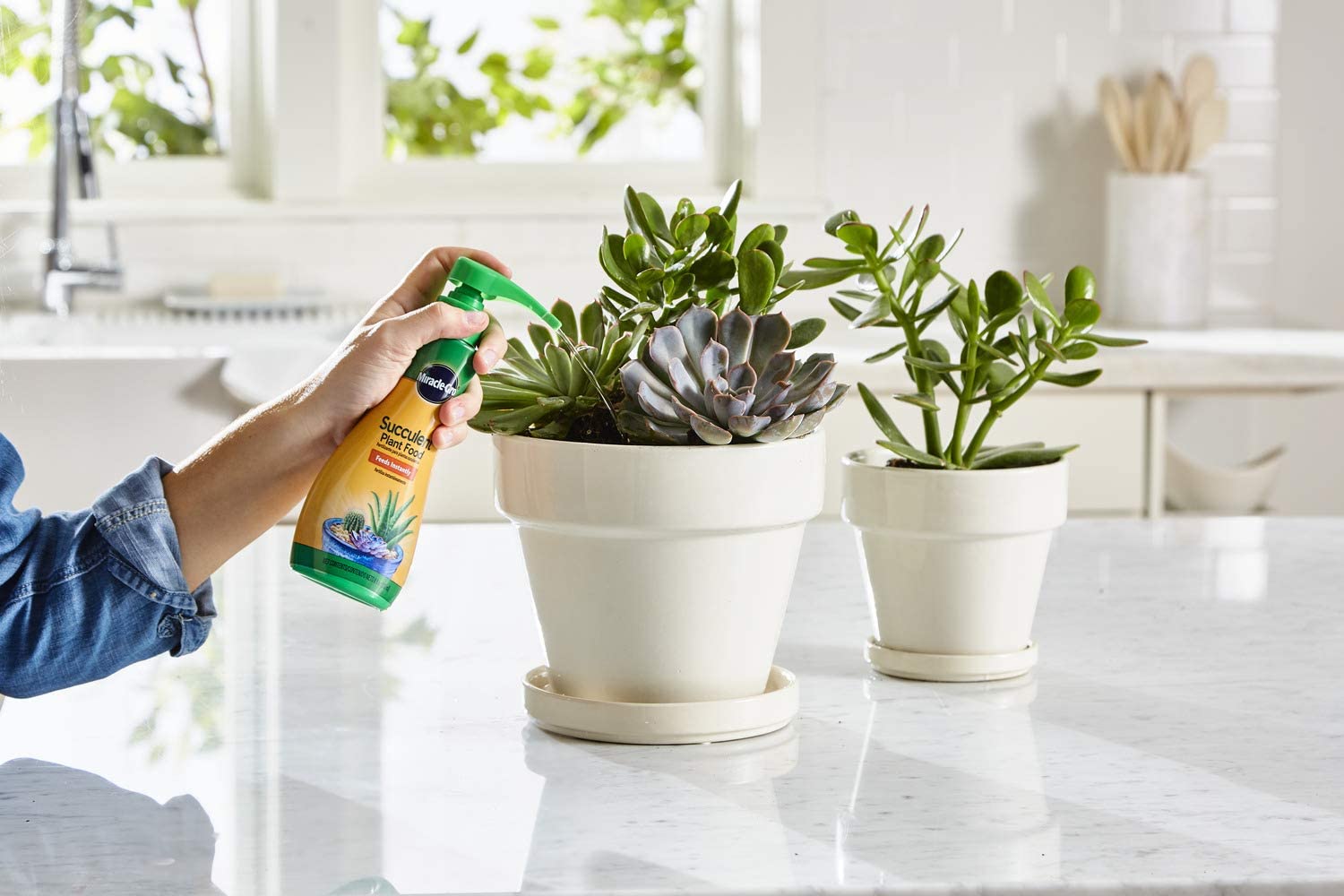
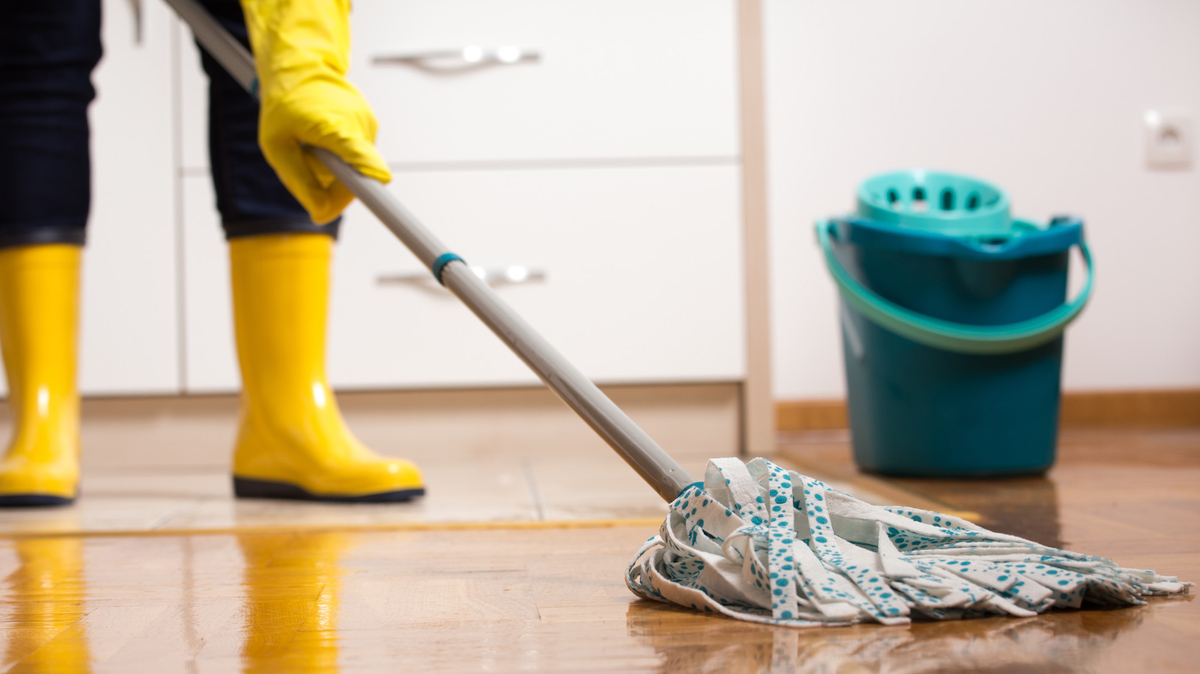


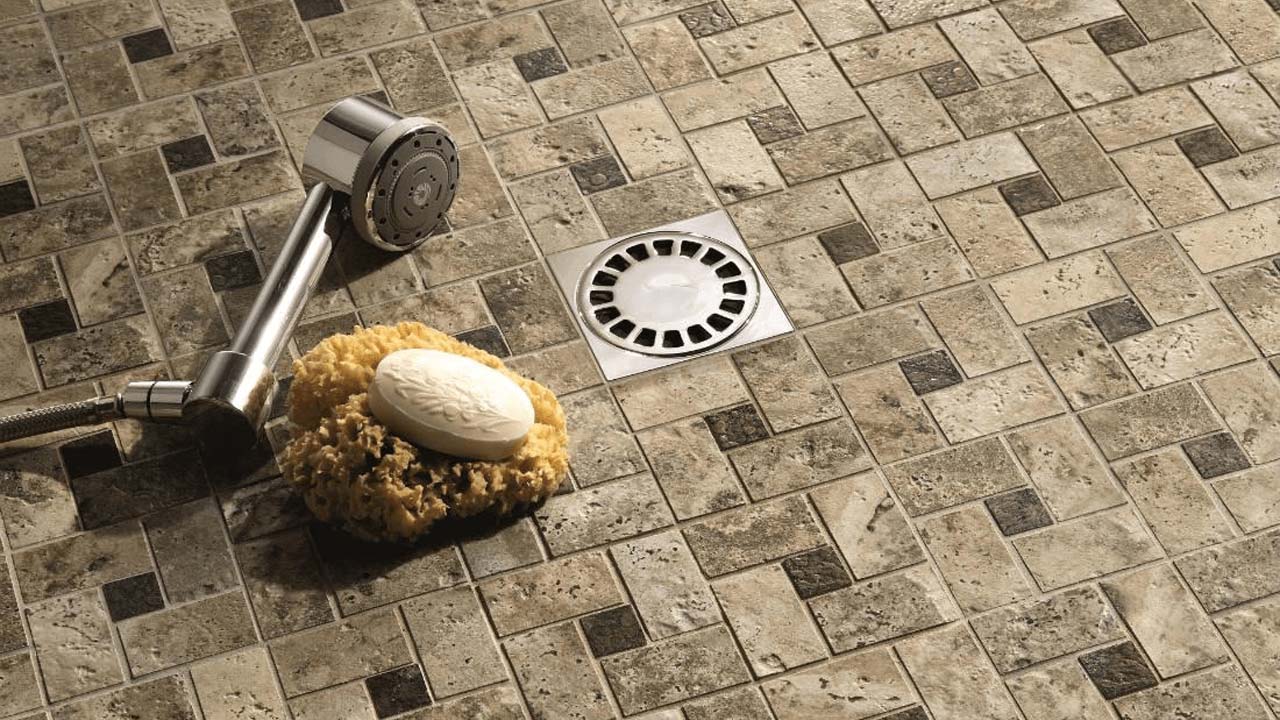

0 thoughts on “How To Care For Outdoor Succulents”